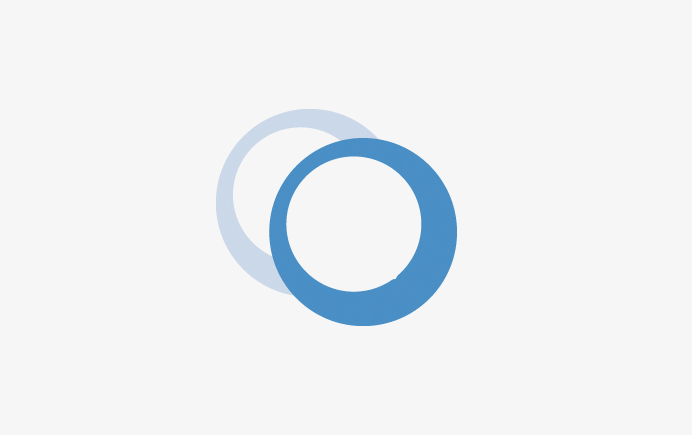Citation: Stephan I, “Technology Showcase: teamtechnik’s LED Cannula Gluing Process”. ONdrugDelivery Magazine, Issue 95 (Feb 2019), pp 16-17.
The increasing amount and complexity of healthcare taking place in outpatient contexts is presenting pharmaceutical companies and drug manufacturers with major challenges. Self-medication, home based diagnosis and acute immediate treatment in emergency situations, together with a general trend towards greater convenience for patients, are leading to a growing demand for prefilled syringe (PFS) systems that are precise and 100% reliable. The driving forces in this continually changing segment are quality, safety and cost efficiency. This affects drug manufacturers and the suppliers of systems for series production of medical products in equal measure.
HIGH-PRECISION ASSEMBLY AND FUNCTIONAL TESTING PROCESSES
Systems specialist teamtechnik can demonstrate extensive engineering experience and outstanding process knowledge in the field of injection pens and autoinjectors. Thanks to its focus on the assembly and functional testing of medical products, the company can manufacture these production systems for its international customers with a high level of quality.
STRONG INNOVATION IN INJECTION SYSTEMS
teamtechnik responds proactively to the constantly changing needs of the market. A current example of this is the glass syringe. Containers used as primary packaging for medications must demonstrate a special pharma-resistance, be autoclavable and suitable for the standard filling systems already in place at pharmaceutical companies. In these respects, glass syringes satisfy the very high safety and quality standards prevalent worldwide thanks to the functional properties of the material. During assembly and functional testing it is important to prevent the build-up of particles, impurities, potential glass breakage, damage to the cannulas and numerous other potential flaws.
NEW GLUING PROCESS BETWEEN CANNULA AND GLASS

Figure 1: New FDA-certified adhesive cured with LED process.
A great deal of attention is focused on the cannula, as it is the only component of a PFS that, along with the medication itself, comes into direct contact with the patient. Attaching the cannula to the glass body is achieved solely by means of adhesives which have been approved by the US FDA. In order to comply with the increasing demands on primary packaging, teamtechnik has established a new LED gluing process between the cannula and the glass to optimise PFS production (Figure 1). It is exactly in this adhesive bonding between a stainless steel cannula and glass syringe body that specific process expertise is necessary.
The traditional curing process for FDA-certified adhesives with UV light does work, but it has a number of disadvantages:
- The process is highly energy intensive
- Environmentally harmful ozone must be extracted at high cost
- High cost of conventional UV mercury vapour lamps
- The amount of heat generated by the mercury vapour lamps is immense.
- Large system footprint
- Downtime of production machine due to repeated replacement of UV luminaires
- Reduced operating lifespan of UV lamps.
teamtechnik therefore based its new solution for gluing cannulas to glass syringes on modern LED curing, making it both economical and capable of application in serial production.
This technology combines many advantages:
- FDA-approved adhesives can continue to be used unchanged.
- Higher production outputs thanks to shorter process cycle times
- LED curing is almost maintenance-free
- It saves energy and is also highly efficient for high production outputs.
- The process is not harmful to health and does not require cost-intensive, space-demanding extraction systems.
With its expertise in process technology and extensive engineering experience, teamtechnik is able to support manufacturers in meeting the challenge of preventing medication errors and producing safe products at high and, above all, consistent quality. The company’s solutions for the assembly of glass syringes, pen injectors, autoinjectors, injection devices and point-of-care solutions are front runners in their segment (Figure 2).

Figure 2: High volume assembly and test line for injection systems.
Previous article
SAGAR BEJALWAR, BD MEDICAL - PHARMACEUTICAL SYSTEMSNext article
SOLUTIONS FOR HIGH-VOLUME DRUG DELIVERY
